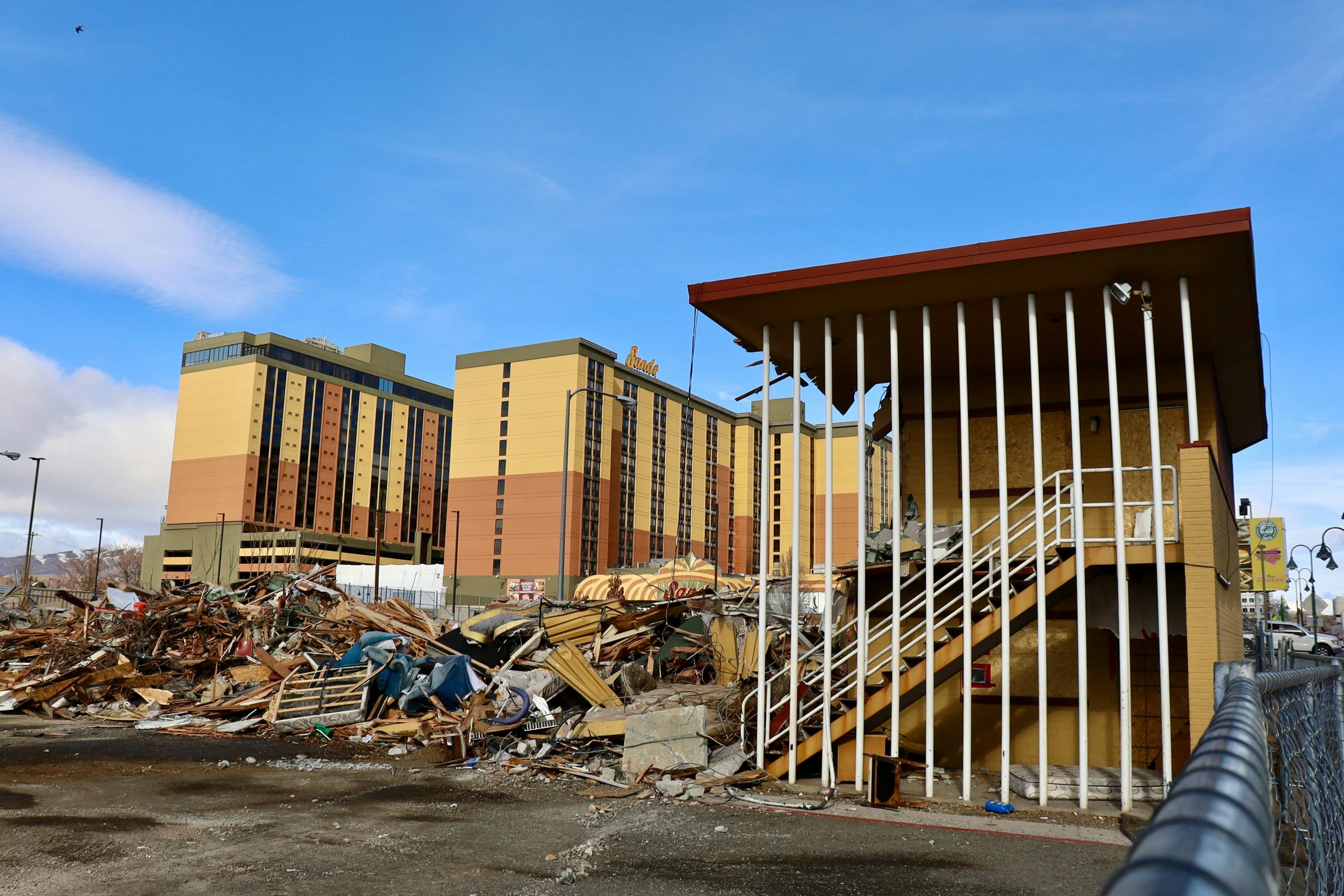Guess How Many Las Vegas casino hotels have been imploded Since 1955
Since 1955, more than 20 Las Vegas casino hotels have been imploded. The primary reason for these implosions is to make way for newer, more modern resorts that can offer guests the latest amenities and attractions.
The first major implosion in Las Vegas occurred in 1993 when the Dunes Hotel and Casino were demolished to make way for the Bellagio. This was followed by a number of other high-profile implosions, including the Sands, Aladdin, and Stardust.
In some cases, older casino hotels were simply no longer profitable, and the owners decided to close and demolish the property rather than continue to operate at a loss. In other cases, the implosions were part of larger redevelopment efforts aimed at revitalizing certain areas of the city and attracting new visitors.
Although some people may view the implosions as a loss of Las Vegas history and architecture, they have also helped to keep the city at the forefront of the tourism industry by continually reinventing itself and offering new and exciting experiences to visitors.
Las Vegas: Historical Document
Las Vegas, Nevada is a city known around the world for its bright lights, glitz, and glamour. The city has a long and fascinating history that has made it the entertainment and gambling capital of the world. From its earliest days as a dusty railroad town, to the modern metropolis, it is today, Las Vegas has always been a city that thrived on its reputation for entertainment and excitement.
Early History
The area that would become Las Vegas was originally inhabited by the Anasazi and Paiute tribes, who lived in the area for thousands of years. In the early 1800s, Spanish explorers arrived in the area, followed by American explorers in the mid-1800s. In 1905, the railroad arrived in the area, and Las Vegas was officially founded as a city.
Early Growth
In the early years, Las Vegas was a small, dusty town with only a few thousand residents. The city’s economy was largely based on agriculture and mining, but that all changed in 1931 when Nevada legalized gambling. With the legalization of gambling, Las Vegas became a magnet for those seeking fortune and excitement.
The Golden Age
In the 1940s and 1950s, Las Vegas experienced a period of tremendous growth and prosperity. The city became famous for its lavish casino hotels, such as the Flamingo, the Sands, and the Sahara. These hotels were owned by famous gangsters such as Bugsy Siegel, who brought a touch of Hollywood glamour to the city. During this period, Las Vegas was also a popular destination for celebrities and entertainers, who performed in the city’s many nightclubs and theaters.
The Modern Era
In the 1960s and 1970s, Las Vegas continued to grow, with the construction of even larger and more lavish casino hotels, such as the Caesars Palace, the MGM Grand, and the Mirage. These new hotels brought even more visitors to the city, and Las Vegas became a symbol of the American Dream, a place where anyone could strike it rich and live a high life.
Today, Las Vegas remains one of the most popular tourist destinations in the world, with millions of visitors each year. The city has continued to reinvent itself, with the construction of new and exciting attractions such as the Bellagio Fountains, the High Roller Observation Wheel, and the Fremont Street Experience. Las Vegas is a city that never sleeps, where anything is possible, and dreams can come true.
Conclusion
Las Vegas has a long and storied history that has made it one of the most iconic cities in the world. From its humble beginnings as a dusty railroad town to its modern incarnation as a global entertainment destination, Las Vegas has always been a city that thrives on the excitement and glamour of the casino industry. As the city continues to grow and evolve, it will undoubtedly continue to captivate visitors with its bright lights, extravagant casinos, and limitless possibilities.
